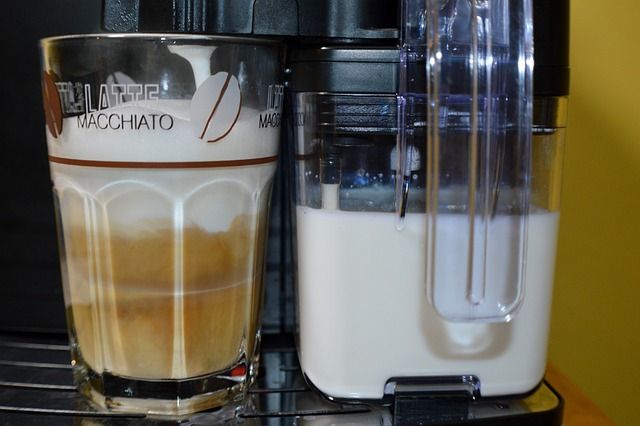Coffee machines designed to produce smooth and velvety creamy foam for lattes, cappuccinos and other speciality drinks. This is achieved by whipping air into the milk as it is poured from the container. The process starts with a steam wand that heats the milk and prepares it for aeration. Once the steam wand is inserted into the milk, it begins to draw the liquid into its tube. At the same time, a small amount of air is let in through tiny holes in the wand. The combination of heat and air creates small bubbles which expand as they rise up the tube. When the mixture is released from the end of the steam wand, it contains millions of tiny air bubbles suspended in the milk. This creates a light and creamy foam that can be poured directly over espresso or hot drinks. The foam produced by this process is velvety and stable, i.e. it keeps its shape for a long time.
The coffee maker can control the amount of foam produced by adjusting the steam pressure, heat and air. By adjusting these variables, different styles of froth can be created - from light and creamy to thick and stiff. The quality of the milk also influences the result; for best results, it is recommended to use milk with a higher fat content. This allows you to produce the perfect foam every time, so you can make café-quality drinks from the comfort of your own home.
With a coffee machine and the right ingredients, everyone can enjoy delicious lattes, cappuccinos and other speciality coffees that are on a par with those made in professional coffee shops. It only takes practice, patience and a little knowledge of how a coffee machine produces milk froth to get the perfect cup every time.

